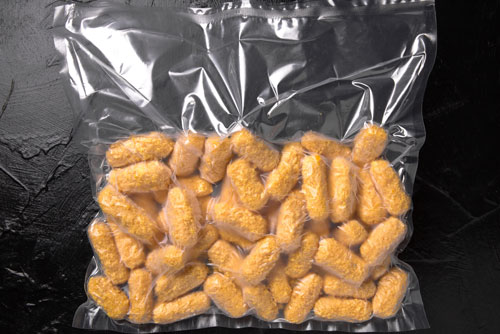September 1, 2022
Disposal of Sterilization Pouches
In a clinical setting, the reuse of sterilization pouches is possible, as long as the sterilization procedure is followed. For example, filter paper can be placed inside the sterilization pouch after three uses and the pouches are autoclaved. This paper is then stored for months before being retrieved for microbial culture.
Dental instruments and other materials that come into contact with bodily fluids and skin are usually sterilized in sterilization pouches. These pouches should be disposed of properly after use. They should not be disposed of in the garbage. You should follow your local regulations to ensure safe disposal.
Types of Sterilization Pouches
The Sterilization Pouches Market is comprised of a variety of single-use, peel-open sterilization pouches. Each type of pouch is designed to meet a specific sterilization need. The main differences among sterilization pouches are their materials and process requirements. For example, steam sterilization uses plastic/paper sterilization pouches. A plastic side allows clear visualization of the contents and contains a chemical indicator for steam sterilization. The paper side removes air and allows the sterilant to enter the pouch.
Moreover, the storage of these pouches is important for preserving the sterility of their contents. In addition, these sterile supplies should be stored in cabinets, not under the sinks. Also, the pouches should be carefully inspected before opening and using them. They should not be used if the seal is broken or ripped.
Storage of Sterilization Pouches After Steam Sterilization
When used to store sterile products, sterilization pouches have several advantages. They are compact, lightweight, and low-profile. They come in a variety of sizes and configurations, and some are even equipped with chemical indicators. For items that cannot be sterilized multiple times, another packaging method should be used. Ideally, the pouch should allow for sterility of the contents until opened, but if this is not possible, it should be discarded.
After steam sterilization, it is important to properly store these pouches. Sterilization pouches are typically impervious to steam, but a wrapper or cassette should prevent the sterilant from reaching the plastic side. Proper labelling is essential for product identification, date tracking, quality assurance, and inventory control. Permanent soft marking pens should be used to label sterilization pouches; do not use paper-based pens as they may compromise the integrity of the sterilization process.
Process Indicators for Sterilization Pouches
Using process indicators for sterilization pouches can help prevent the contamination of medical devices. These indicators can be either chemical or biological. They monitor the sterilization process parameters by checking for the penetration of the sterilant into the item. They serve as both internal and external indicators. They are important for providing confidence that sterilization procedures have achieved the intended results. Here are some important details about process indicators for sterilization pouches.
An external indicator is visible and will change colour as the package undergoes the sterilization process. An internal indicator is not visible but is necessary if an internal one is not available. Both types of indicators should be checked immediately after sterilization to ensure the sterilization process was successful. If the indicator does not change colour, it is not ready for use. If the indicator fails to change colour, it is time to discard it.
The Bottom Line
Sterilization poches are cost-efficient, flexible, and are easy to store and safe to use. Anything kept in these pouches can be kept clean and free of contamination. Unlike other pouches and bags thus these pouches find a variety of used in different industries.


